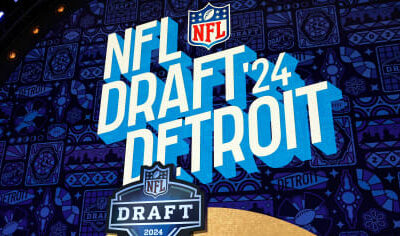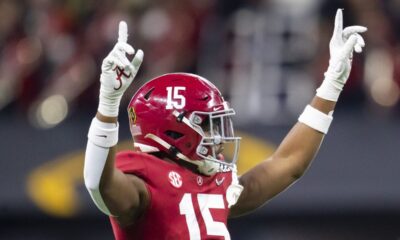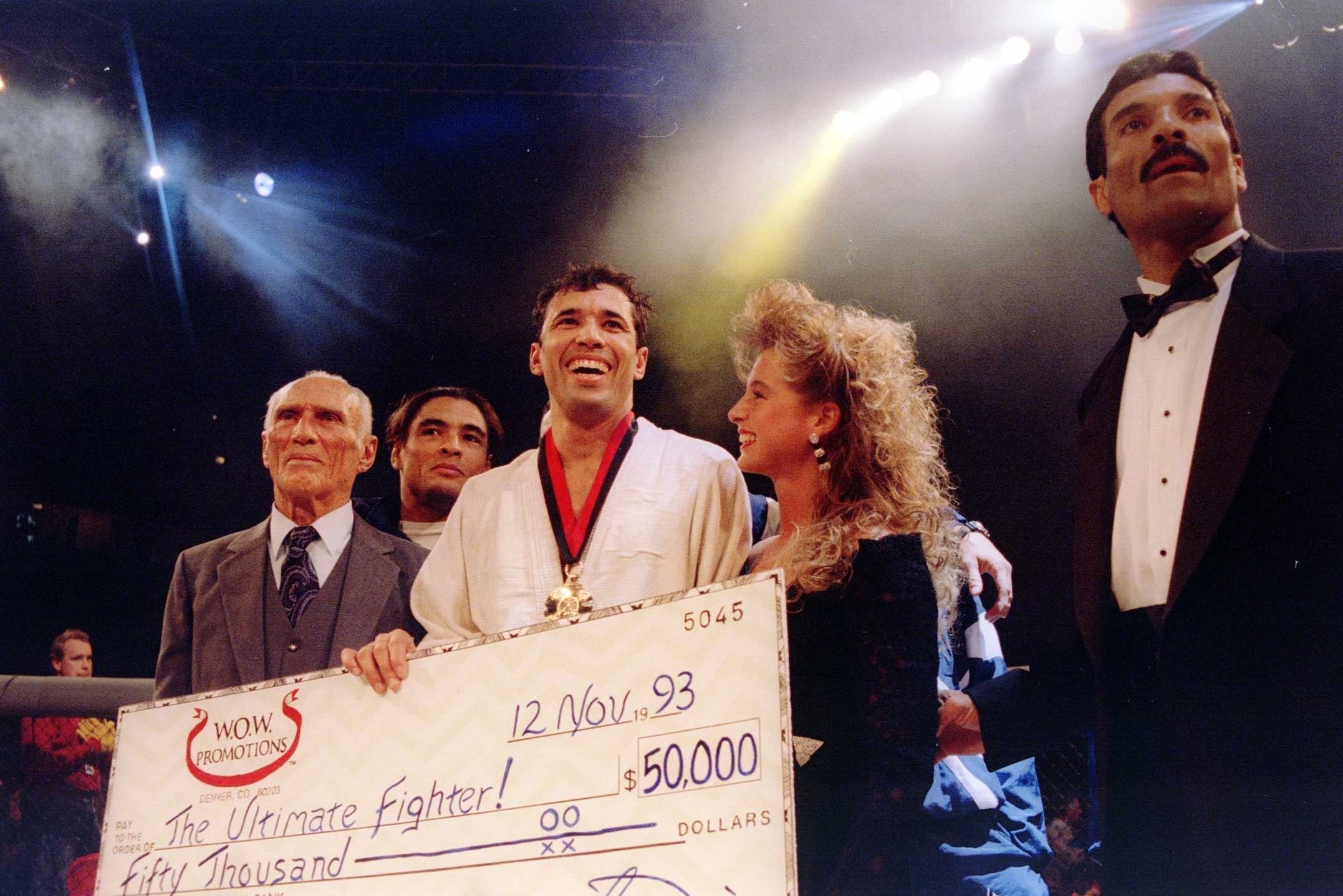
MMA is a weird tribe, with a wild history. Now we casually watch MMA on ESPN, but it wasn’t always so. The beginning starts well before UFC 1.
We’re far enough along in the sport that new fans are brought in by current stars, our Colby, Adesanya, Alexa Grasso etc. The hardcore MMA and UFC fans were kids when Conor and Ronda made their runs, spiked the UFC’s numbers, and broke Dana’s brain forever. It’s the tribe’s elders that remember the humble yet devastating GSP, or the unbeatable showboat that was Anderson Silva pre-2013.
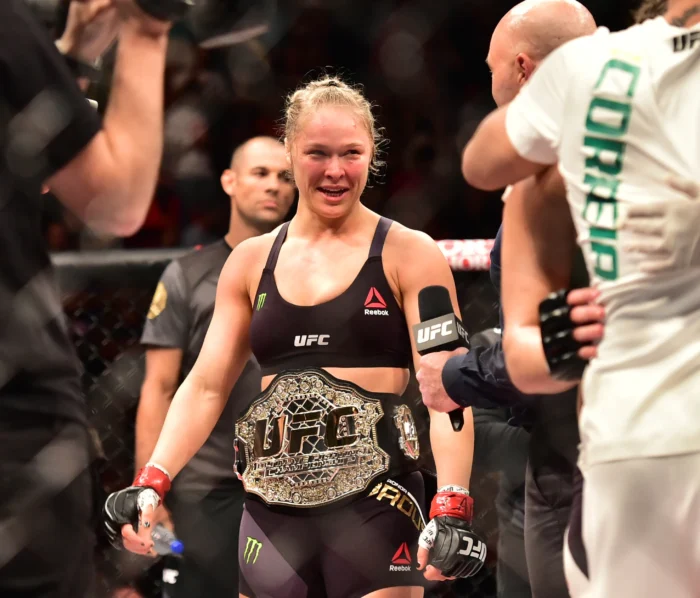
Rousey v Bethe, UFC 190; image – KSDK
I want to go back even further. I’m going back to the mythic times before cell phones, before Twitter, before Ariel Helvani. Back before Joe Rogan, Bruce Buffer, and Laura Sanko. Before Bill Wallace, Kathy Long, and the eternally cool Jim Brown. I’m going to the literal beginning.
UFC 1: The Beginning
When The Ramones played their first show, the crowd was sparse. It wasn’t much different with the UFC. The McNichols Sports Arena in Denver, Colorado had 7,800 people in attendance. That’s less than half of their 16,000 person capacity.
Colorado was specifically chosen based on the lack of an athletic commission. With no athletic commission, there was no one to tell them they couldn’t do exactly what they were going to do. A “no holds barred” styled fighting tournament could exist. Rorian and Art Davies staged this event as a repeat of the Gracie experiment that had been happening in Brazil for the last thirty years. They were bringing the first look of Gracie Jiu Jitsu to the world stage. (Irony being that Rorian is the reason Brazilian Jiu Jitsu isn’t called Gracie Jiu Jitsu. Not after trademarking the name out from under his brothers and cousins). Art Davies also brought K-1 Kickboxing to America from Japan.
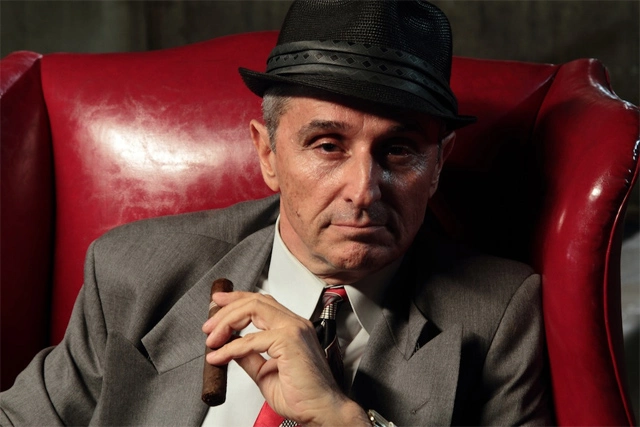
Art Davie; image – MMA Junkie, USA Today
Fun fact: Art was also college roommate with actor and television personality Donald Trump.
The First Fight
The event began as a sixteen man martial arts tournament. The first eight fights were not televised or reproduced on the later VHS and DVD’s. This means the first fight seen was Gerard Gordeau vs Teila Tuli. This fight, like every fight that night, was very short. Gerard and Teila circled each other for a few seconds, then Teila runs in to try to get hands on Gerard. Teila stumbles against the fence, Gerard round kicks him in the mouth while he’s down, Gerard lands a hard right hand against Teila’s skull, and the ref steps in. Kathy Long noticed a tooth fly out of Teila’s face.
It’s immediately apparent that the cage is a huge factor in this fight. Teila stumbles against it and doesn’t know how to use the cage to get up safely. His hands are away from his face, one gripping the chain link of the cage, offering no protection against the incoming kick. Already, the cage makes this a horse of a different color.
The First Gracie Fight
The next event was even more bizarre than a tall Dutchman fighting a Sumo expert. Royce Gracie entered the cage with his brothers and training partners, wearing a white gi with the Gracie emblems on it. Art Jimmerson entered the cage wearing a boxing glove on his left hand, despite the event being billed as “bareknuckle.” Royce takes him down almost immediately and puts Jimmerson in mount. Jimmerson taps to pressure. Royce looked almost confused after he tapped, as he didn’t implement any kind of strangle or joint lock before the tap. The crowd looked even more confused, as no one was bleeding when the fight stopped. There were boos. This would become one of the biggest themes in the UFC for the next thirty years.
The First Heel Hook in the UFC
Ken Shamrock and Patrick Smith took the next quarter-finals round. This is an interesting fight because Patrick Smith, while billed as a kickboxer, knows to go to closed guard against the shoot fighter. He breaks Shamrock’s posture and keeps him from being able to ground and pound. It isn’t until Ken stands up, collects Smith’s right leg, and falls back into a heel hook that Patrick has any real trouble. When that trouble does come, it comes in the form of a shredded meniscus. Shamrock rips that knee apart. You can see the pain on Smith’s face while he’s tapping, and after the fight is stopped, he is hopping around on one foot. Predictably, the crowd boos to a heel hook finish. Smith isn’t thrilled either, as he continues trying to fight Shamrock even while being pulled out of the ring by his corner.
Any seasoned grappling fan looking back on UFC 1 recognizes the most exciting fight to be Ken Shamrock vs Royce Gracie in the semi-finals.
When Helio is brought into the ring to be presented with an award, the crowd doesn’t understand what’s happening and boos.
Muay Thai, Jiu Jitsu, and MMA
It’s no accident that the two styles of fighting that met in the finals were Muay Thai and Jiu Jitsu. The surprise is how violent UFC 1&2 are. The violence in the ring we have now is gladiator versus gladiator. Trends in fighting come and go, but there is enough vetting and training that when the cage closes, everyone trapped in there is a professional, ready to defend themselves at all times.
In the early UFC events, it wasn’t like that. There were trained kickboxers and muay Thai fighters in there with grown men who studied Ninjitsu and Sumo. These can be beautiful expressions of martial arts, but they don’t train practical defense or effective offense. When a trained Muay Thai fighter hits with an elbow or a shin and their opponent doesn’t know how to defend it properly, they get messed up. Teeth get lost, orbitals get broken, and brain damage happens real fast.
The crowd was there to see those fights and that blood. It was intense. It shows the audience how scary it is to not know how to defend yourself.
Royce Gracie
The thing that sticks with me isn’t just how Jiu Jitsu, when applied well, makes the fighters in every other style seem absolutely defenseless, but also how safe it is. Royce was in such control of every opponent he had in those events, that they only got hurt when he wanted to hurt them. His style wasn’t dependent on his opponent becoming so broken and bloodied that they could die from their injuries.
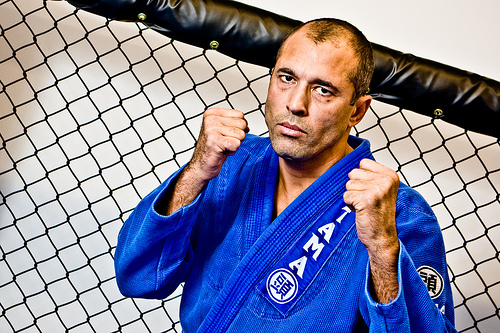
Royce Gracie, image – BJJ Eastern European
Every opponent has an easy out, and that’s to tap. When they got uncomfortable enough with a choke, all they had to do is tap. The consequence is a nap, but even that doesn’t seem so bad after a hard fight. Not a single one was bleeding when the match was stopped. There was no brain damage from Royce’s fights. Jiu Jitsu makes grown, trained fighters look like kids on the mat, but without permanently disfiguring them. I am confident that Scott Morris would have rather lost to Royce Gracie than Patrick Smith in UFC 2.
Jiu Jitsu and the Beginning of UFC
While the original UFC was marketed as a way to show how deadly and effective Gracie Jiu Jitsu is and was, it could also have been marketed to show how safe it is when subduing a highly skilled opponent. As I write this, not a single UFC fighter has died from injuries sustained in the cage. (Boxing, unfortunately cannot say the same thing).
Violent knockouts are a staple of contemporary MMA. Two most disturbing knockouts in recent history are Ngannou vs Overeem and Eye vs. Shevchenko. Some consequences of the violence of fight sports can be down right disgusting.
Jiu Jitsu is a safer for the person implementing it in a fight. The only thing Royce broke in those first two UFC events was a sweat. While other fighters had to bow out due to injuries and Gerard fought in the finals with a right hand that looked like a grapefruit stuffed in a latex glove, Royce was uninjured. (The neck, knees, and spine may sing a different song). That says a lot about Jiu Jitsu and why it became a staple of MMA fight training.
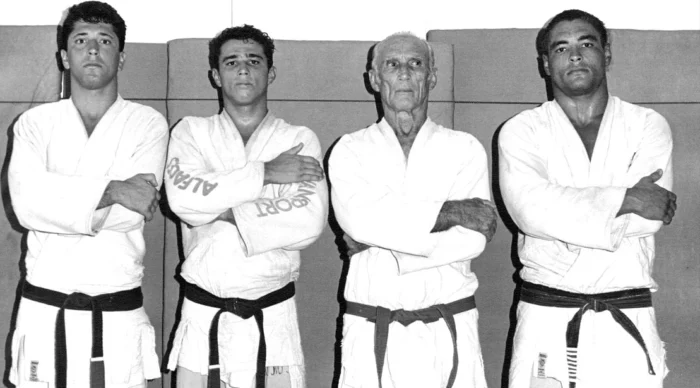
Helio Gracie and family, image – Muscle and Fitness
Related

Featured Articles
-
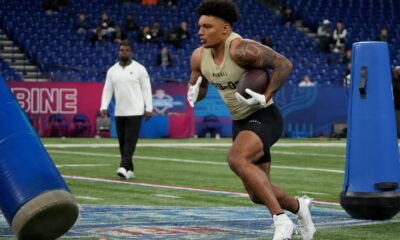

Features
/ 1 min agoWho should the Cowboys target in the later rounds of the NFL Draft?
This year’s NFL Draft is officially here. Speculations and false reports will all come...
-
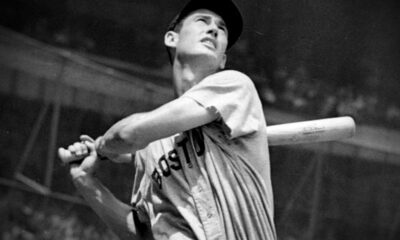

Features
/ 14 hours agoDeep Dive into Ted Williams and the Red Seat Home Run
The home run Ted Williams hit on June 9, 1946, is marked to this...
-


College Football
/ 1 day agoNFL Draft 2024 Scouting Report: Byron Murphy II, DT, Texas
Byron Murphy II, DT, Texas Height: 6’0 ½” Weight: 297 Arm Length: 32...
-
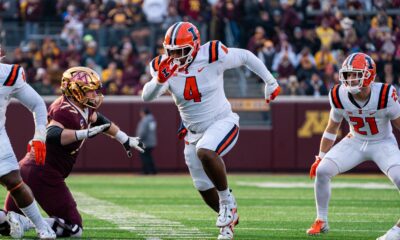

College Football
/ 1 day agoNFL Draft 2024 Scouting Report: Jer’Zhan Newton, DT, Illinois
Jer’Zhan Newton, DT, Illinois Height: 6’2” Weight: 304 Arm Length: 32 ⅜ ...
